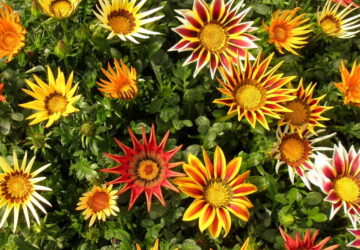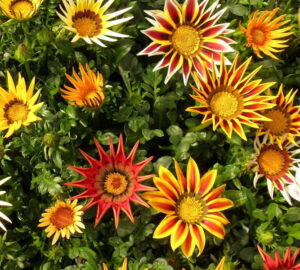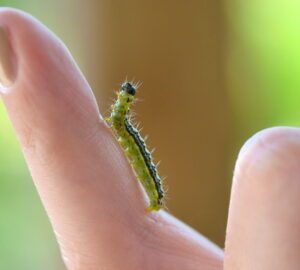Gardening enthusiasts and plant lovers, are you looking for a sustainable way to enhance your garden’s soil quality? Look no further than using straw, a versatile material that can provide valuable humus to your garden beds.
In this article, we’ll explore how to effectively incorporate straw into your soil, whether through composting, mulching or direct application. Let’s dive into the world of straw and discover its hidden potential for your garden.

The Benefits of Using Straw in Your Garden
Straw is a valuable resource for gardeners, as it helps to enrich the soil in various ways:
1. Humus Enrichment: One of the key benefits of using straw is its humus content. When properly composted, straw can be turned into excellent soil, which adds organic matter to your garden beds. This, in turn, enhances soil fertility in the long term.
2. Mulching: You can also use straw as mulch around the base of your plants. Straw mulch helps retain moisture, suppress weeds and regulate soil temperature, creating a healthier environment for your plants.
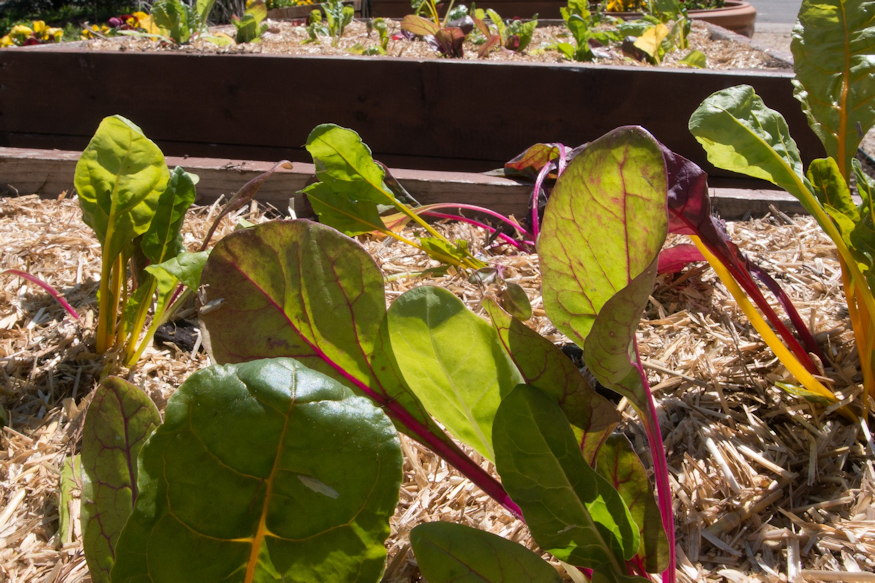
3. Direct Soil Incorporation: In addition to composting and mulching, you can work straw directly into the soil. This practice can significantly improve soil structure and water retention.
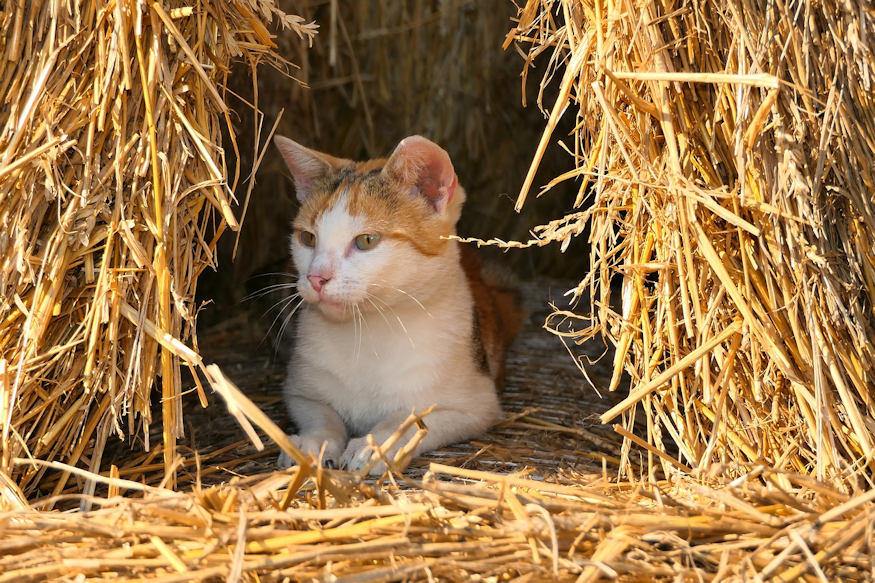
The Importance of Proper Straw Incorporation
While straw is a fantastic resource, there are some key considerations to keep in mind for successful incorporation into your garden:
1. Avoid Deep Burying: When working straw into the soil, it’s essential not to bury it too deep. Deep burial can lead to poor decomposition due to a lack of oxygen, potentially causing a short-term nitrogen deficiency, which would require additional fertilization.
2. Ideal Depth: To prevent these issues, aim to keep the straw no deeper than 25 cm (approximately 10 inches) within the soil. This depth ensures that the straw can decompose gradually while allowing sufficient oxygen to reach the microorganisms responsible for the decomposition process.
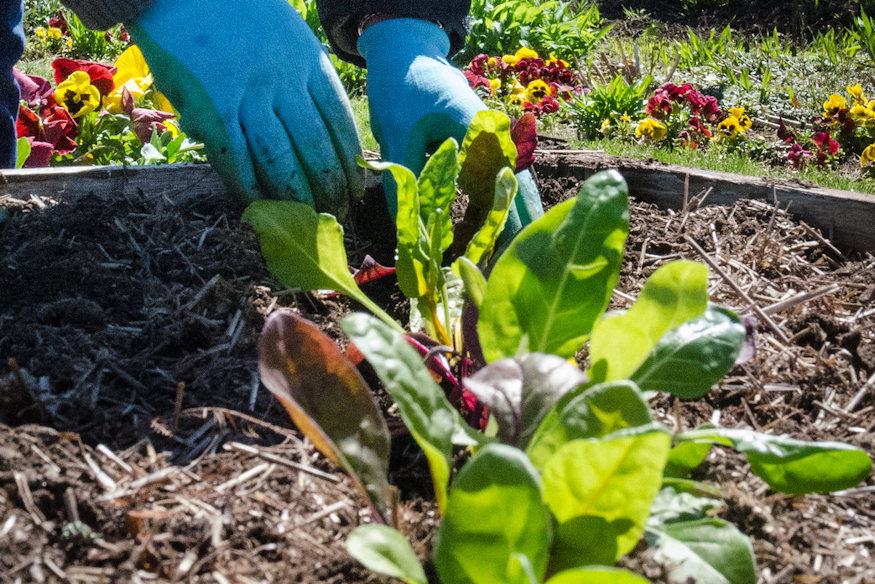
Enhancing Soil Quality with Straw: Tips for Gardeners
Here are some practical tips to help you make the most of straw in your garden:
1. Proper Preparation: Before incorporating straw, ensure it’s well-prepared. This means breaking it down into smaller pieces, which will promote faster decomposition.
2. Balanced Composting: If you plan to compost the straw, combine it with other organic materials, such as kitchen scraps, leaves and grass clippings. This balanced mix will help create nutrient-rich compost for your garden.
3. Mulch Mindfully: When using straw as mulch, spread it evenly around your plants, leaving some space around the base to prevent moisture-related issues and ensure proper air circulation.
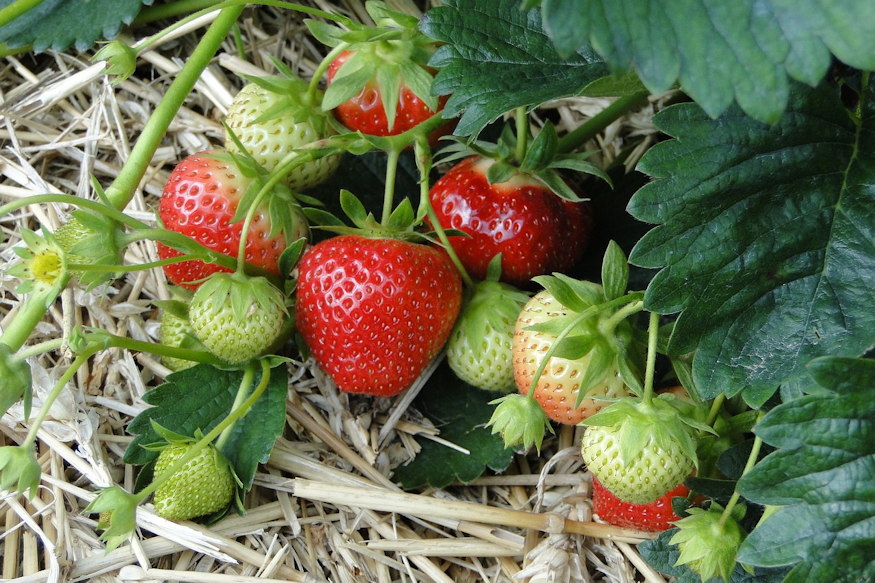
4. Observe Decomposition: Keep an eye on the decomposition process. If you notice that the straw isn’t breaking down as expected, you may need to aerate the soil or consider additional fertilization.
5. Seasonal Timing: Consider incorporating straw during the fall or early spring when it’s less likely to interfere with your growing plants, allowing it to decompose gradually and improve soil quality over the dormant season.
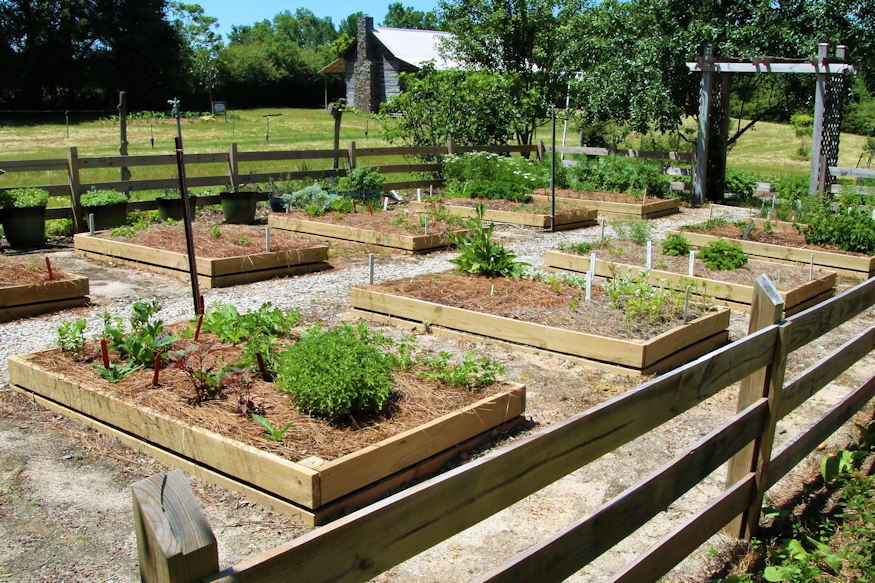
Unleash the Potential of Straw in Your Garden
By incorporating straw into your garden, you can significantly improve soil fertility, structure and overall health. Remember to follow the recommended depth guidelines and choose the method that best suits your gardening needs, whether it’s composting, mulching or direct incorporation. With the right approach, you can harness the power of straw to create a flourishing garden that both you and your plants will love. Happy gardening!

